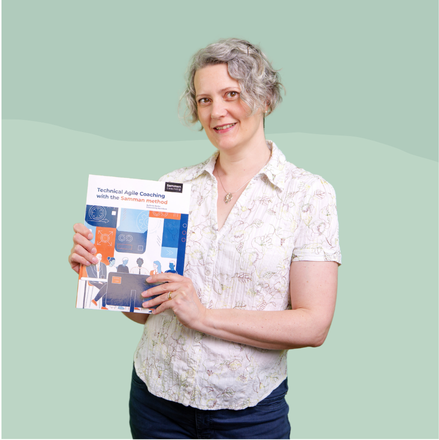I’ve been interested for a while in the relationship between TDD and good design for a while, and the SOLID principles of Object Oriented Design in particular. I’ve got this set of 4 “Racing Car” exercises that I originally got from Luca Minudel, that I’ve done in coding dojos with lots of different groups. If you’ve never done them, I do recommend getting your editor out and having a go, at least at the first one. I think you get a much better understanding of the SOLID principles when you both know the theory, and have experienced them in actual code.
I find it interesting that in the starting code for each of the four Katas there are design flaws that make it awkward to write unit tests for the code. You can directly point to violations of one or more of the SOLID principles. In particular for the Dependency Inversion Principle, it seems to me there is a very direct link with testability. If you have a fixed dependency to a concrete class, that is always going to be harder to isolate for a unit test, and the Tyre Pressure exercise shows this quite clearly.
What bothers me about the 4 original exercises is that there are actually 5 SOLID principles, and none of them really has a problem with the Liskov Substitution Principle. So I have designed a new exercise! It’s called “Leaderboard” and I’ve put it in the same git repository as the other four.
I tried it out last week in a coding dojo with my colleagues at Pagero, and it seemed to work pretty well. The idea is that the Liskov principle violation means you can’t propely test the Leaderboard class with test data that only uses the base class “Driver”, you have to add tests using a “SelfDrivingCar”. (Ok, I confess, I’ve taken some liberties with what’s likely in formula 1 racing!) Liskov says that your client code (ie Leaderboard) shouldn’t need to know if it has been given a base class or a subclass, they should be totally substitutable. So again, I’m finding a link between testability and good design.
Currently the exercise is only available in Scala, Python and Java, so I’m very open to pull requests for translations into other programming languages. Do add a comment here or on github if you try my new Kata.







